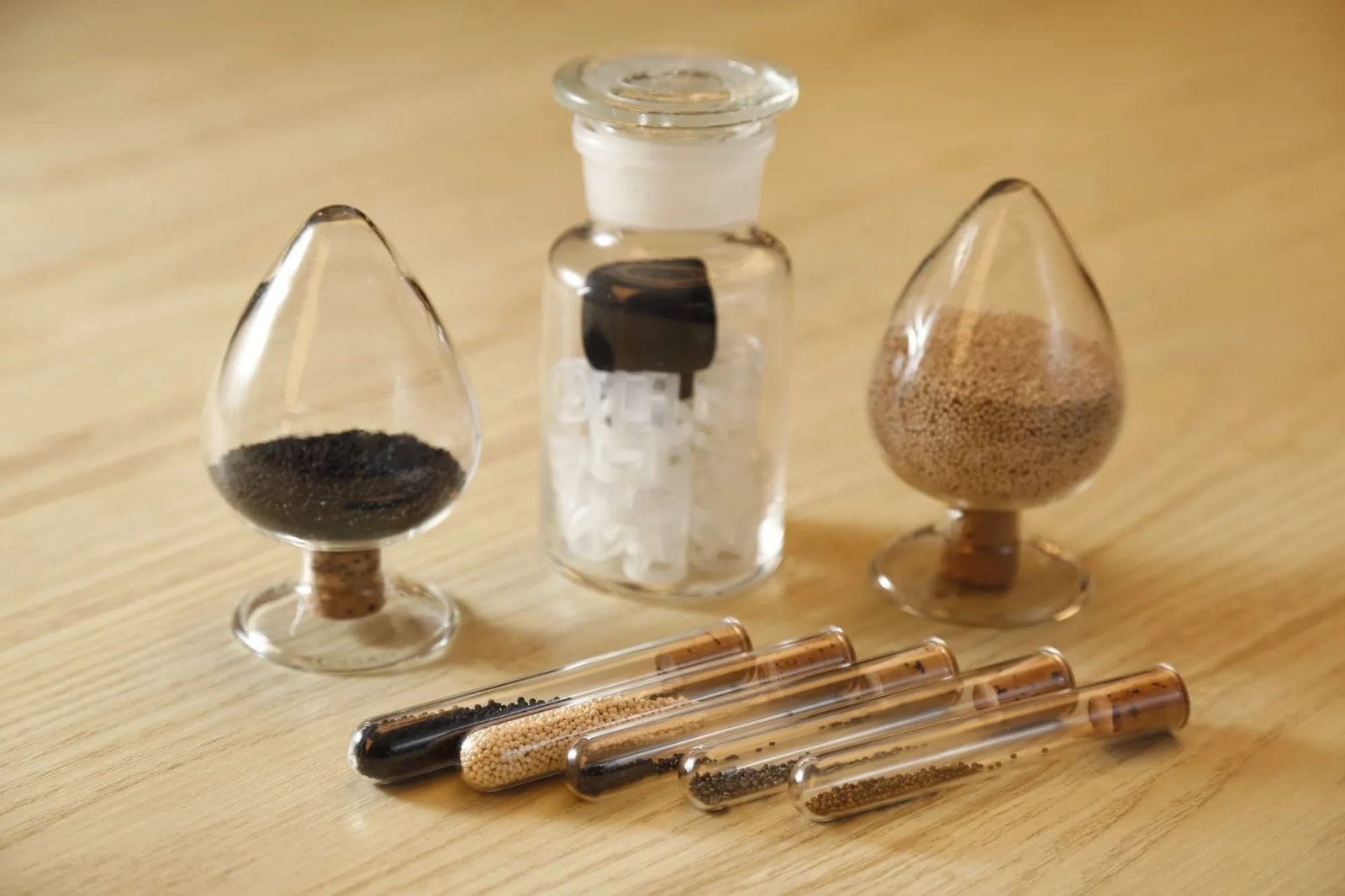.jpg)
Photographed by Hou Junwei
Metal recycling is getting a major makeover, driven by Apple's ambitious goal to achieve 100% carbon neutrality in their products and supply chain by 2030. But how can metal recycling meet these high standards? While Apple is pushing for greener innovations in product design and recycling, the reality of metal recycling remains challenging. Many consumers aren't eager to return their old phones, and the extraction of metals from these devices isn’t exactly eco-friendly.
Taiwan’s Carbon Shuttle Technology has developed a new material that reduces carbon emissions by 66% and lowers the need for incineration. Apple's supplychains is now considering this material as part of their efforts to improve the sustainability of their recycling processes.
How carbon shuttle technology avoids incineration
Carbon Shuttle Technology's approach involves a new material that avoids traditional incineration processes. Traditional factories process recycled electronic components by stripping gold to create a low-concentration gold solution, then using resin compounds for adsorption.
The resin, once used, is incinerated to extract the metal, meaning traditional resin can only be used once. Carbon Shuttle Technology has developed a carbon composite product, CAU, and an elution solution. This process allows the carbon composite to extract metals using the elution solution, enabling it to be reused three times before incineration.

Image Credits: Hou Chun-Wei Photography
Carbon Shuttle Technology's process allows for selective adsorption of specific metals. For example, in a gold-containing solution, it can selectively adsorb only gold, effectively capturing at least 80% of the gold, unlike traditional resins which lack selectivity. This selective adsorption applies not only to gold but can also be tailored to other target metals within Carbon Shuttle Technology's product line.
The CEO Cheng-Yen Tsai, who obtained a PhD in environmental engineering from National Taiwan University (NTU), leads the company. He transitioned from research to entrepreneurship, driven by the belief that "it's better to struggle for a while than suffer forever." Along with his research team from NTU he founded Taiwan Carbon Shuttle Technology.
Carbon Shuttle Technology collaborates with three domestic partners: precious metal recyclers, PCB manufacturers, and wastewater treatment companies. Their business model involves selling products to factories, pricing based on product usage frequency, and providing analysis services for customers. The company is currently in discussions with Apple’s supply chain. While expanding domestic business, Carbon Shuttle Technology is also targeting international markets, focusing on China and Thailand this year.
Carbon shuttle technology's unique approach to reducing carbon emissions
Cheng-Yen Tsai further explains that CAU, the product developed by Carbon Shuttle Technology, consists of a carbon composite made from 10 different materials. The composition and corresponding elution agent ratios vary, and these formulas are proprietary to Carbon Shuttle Technology.
When asked if he ever considered giving up amidst difficulties, Cheng-Yen Tsai, an optimist, said he never worried about failure or entertained thoughts of quitting. Tsai also emphasized the importance of the team, saying, "I believe in letting professionals do what they do best." He leverages each team member's strengths, ensuring they are in roles that maximize their talents, which has been crucial to their success.
Carbon Shuttle Technology's innovative approach to metal recycling offers a promising solution to the challenges faced by tech giants like Apple's supplychains in their quest for carbon neutrality.
By reducing carbon emissions and providing a sustainable method for metal extraction, Carbon Shuttle Technology is poised to make a significant impact in the industry and contribute to global environmental sustainability.
- This article was originally published on Meet Global. Read the original article.

